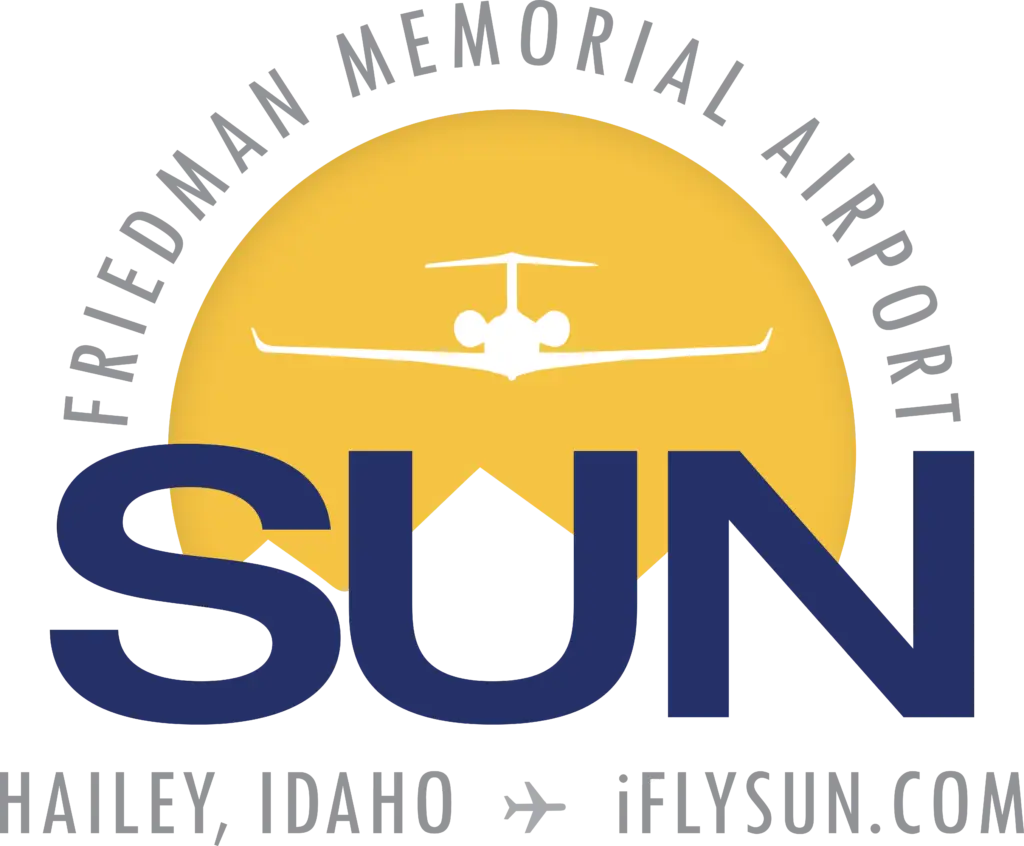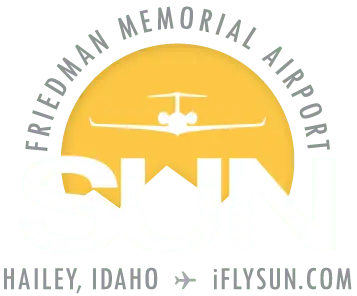
So, when it comes to retirement, sailing into the horizon may sound like a tired old cliché, but for FMAA’s independent board member Ron Fairfax, it’s, pretty much, exactly what he’s planning to do.
Seriously.
He’s got the boat and everything!
Fairfax, a longtime and beloved Hailey, ID dentist, plans to celebrate not one, but four retirements with a 5,500-mile boat trip aboard the Salty Dogs, his 42-f00t Grand Banks yacht named in honor of his four-legged puppy pals.
“I’ll be retiring from the FMAA board, after 20 years,” said Fairfax, who is also retiring from more than 40 years as a practicing dentist. “And then I think I’ve played my last hockey game and curled my last curling game.”
He will also be leaving Hailey Ice after 23 years as the organization’s founder and president.
Now, back to the boat trip.
It’s called America’s Great Loop and Fairfax said it will take approximately eight to nine months to complete.
According to the America’s Great Loop Cruisers Association, it’s a 6,000-mile circumnavigation of the eastern portion of North America.
“It’s an intercoastal route,” explained Fairfax. “It takes you up through the Great Lakes, the Mississippi, Ohio, and Tennessee Rivers, you come out in Alabama, go around Florida and you’re done!”
Besides being an accomplished dentist, as well as a sailor, Fairfax is also a pilot.
He sports a classic V-tail Bonanza when he’s out and about on SUN.
Aviation, and the nudging of a few classmates, played a big role in bringing Fairfax, a California native, to his future home in Idaho.
“I grew up in Southern California, and graduated high school in Huntington Beach,” said Fairfax. “I spent nine years in the University of California system, and graduated dental school from the University of California at San Francisco, in 1980.
He practiced in California from 1980 to approximately 1997, moving to Idaho in the fall of 1996.
In 1983, he helped one of his best friends from Huntington Beach move to Hailey.
“And now there are, actually, three of us from Huntington Beach, here,” he laughed.
Fairfax has been a private pilot since 1981. He said he started flying out to Hailey in 1986.
“We’d come up for the Fourth of July and the parade, and then Christmas and our anniversary,” he recalled.
Eventually, Idaho grew on him, and he and his wife purchased a piece of land in Indian Creek in the late 1980s and built a home there in 1992.
In order to make the equation work, Fairfax had to establish a practice in Hailey, while still practicing in Whittier, Calif.
“I moved to Idaho in the fall of 1996 and opened an office in May of 1997.
Fairfax said he then commuted, back and forth between the two practices—every week—for almost two and a half years, slowly transitioning his workload.
“You know, there were two things I said I’d never do,” he chuckled. “Open a practice by myself, and work with my wife. I did both!”
He said it’s worked out well.
The airport connection
In addition to having a private pilot’s license, Fairfax admits commuting back and forth between California and Idaho gave him an interesting opportunity to learn about airports, particularly SUN.
In 2001, one of FMAA’s independent board members moved on, and a position was opened.
“I knew about their (SUN’s) commercial side and their general aviation side,” said Fairfax. “I pretty much knew this would be a good fit.”
Citing his personal experience as a private pilot, as well as his extended adventures airline commuting, Fairfax applied for the independent board member position at on the FMAA board in 2001 and was selected.
Over his 20-year tenure on the airport board, Fairfax helped SUN usher in some of the most significant changes in the airport’s history.
“I think one of the biggest changes was when regional jets arrived,” he said. “When Delta starting using regional jets (instead of turbo-props) it was a really big turning point for the airport.”
Fairfax remembers the day well.
“Everybody was there—the Chamber of Commerce, Fly Sun Valley Alliance, ops managers—there was a water cannon salute from the fire trucks; the mayor gave a speech—it was a big deal!”
Among other significant changes to Sun, according to Fairfax, was the terminal upgrade, and when aircraft parking was moved from the west to the north.
During this three-year period, almost a decade ago, SUN benefited from parking of the planes from the west to the north, and the taxiway and runway were rehabilitated.
“I was the chair of the board at that time,” said Fairfax. “That was something in excess of $30 million in renovations.”
But Fairfax says, for as long as he’s been on the FMAA board, the biggest game changer for SUN has been, without a doubt, the addition of the new FAA-approved instrument approach.
“We had seen incremental changes, but they weren’t really enough,” he said. “So, last winter, the airport partnered with the FAA and an approach development company to design new approach into SUN.”
Fairfax estimates the new approach, enabling aircraft to land with lower visibility in poor weather conditions, has eliminated much the lion’s share of passenger bussing.
“This is a huge accomplishment to partner with a private developer,” Fairfax said. “It’s almost unheard of to have a private approach for a public company…I really don’t know of many others.”
Then there’s the pandemic.
While no one could have written a playbook for what the COVID-19 pandemic would wreak upon both the travel and airline industries, Fairfax suggests there was a clue back in 2001.
The pandemic put the brakes on everything travel-related, affecting a large portion of the Valley’s economy in just a matter of weeks.
“The same thing happened in September of 2001,” Fairfax explained. “That shut us down for a few weeks—and the pandemic did the same.”
Although the post-9/11 shutdown left far fewer lingering problems than the pandemic, it still affected many local businesses.
Fairfax said the challenge remains to understand what things will look like in the future.
And plan finances, accordingly.
Unfortunately, there’s no crystal ball to help.
Fairfax points out that programs like the CARES Act have helped make the pandemic financially survivable, not only for the airport, but for others as well.
What’s next?
For Fairfax and his bride, Pamela, it looks like smooth sailin’ in more ways than one.
He said his inaugural retirement adventure, aboard the Salty Dogs will span eight to nine months, and he will travel at a leisurely pace of 40 miles every other day.
After that, he says they’ll return to the Wood River Valley.
“I plan on doing some flying into Mexico, for a month or so, and then back to the boat.”
But as Fairfax prepared to sail off into the horizon, he offered some thoughts for his replacement.
“As an independent board member, you have limited voting power, he said. “So, they have you on the board to give advice on aviation matters—so it is my hope the person who replaces me has a background in aviation. It could be a pilot, it could be someone from the airlines, but it needs to be someone who’s been around the airport and understands how it works from the inside out.”
He also hopes this individual understands the airport’s role in a much bigger economic ecosystem and the value it brings to not only tourists, but also to the residents of the Wood River Valley.
Bottom line?
Fairfax said the key is become “passionate of the airport.”
“If you’re passionate, then you’ll help the board make the right decisions,” he insisted. “If you sit back too far, it’s easy to miss the opportunities.”
“On behalf of the FMAA board and SUN staff, we wish our friend, Ron the very best in his retirement,” said airport manager, Chris Pomeroy. “Ron’s experience, thoughtfulness, and passion and dedication to serving the airport and community is appreciated. Thank you for everything you’ve done for the airport and staff over the years. Blue skies, and tailwinds (and calm waters!) on your current and upcoming adventures in your next phase of life.”



